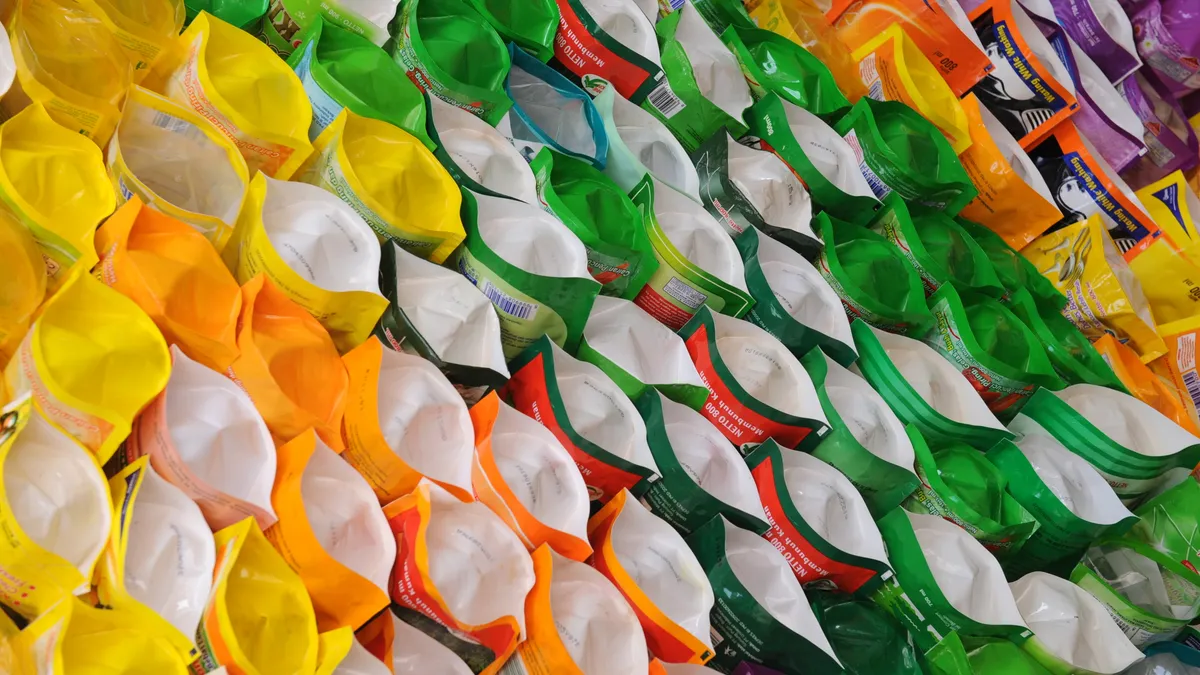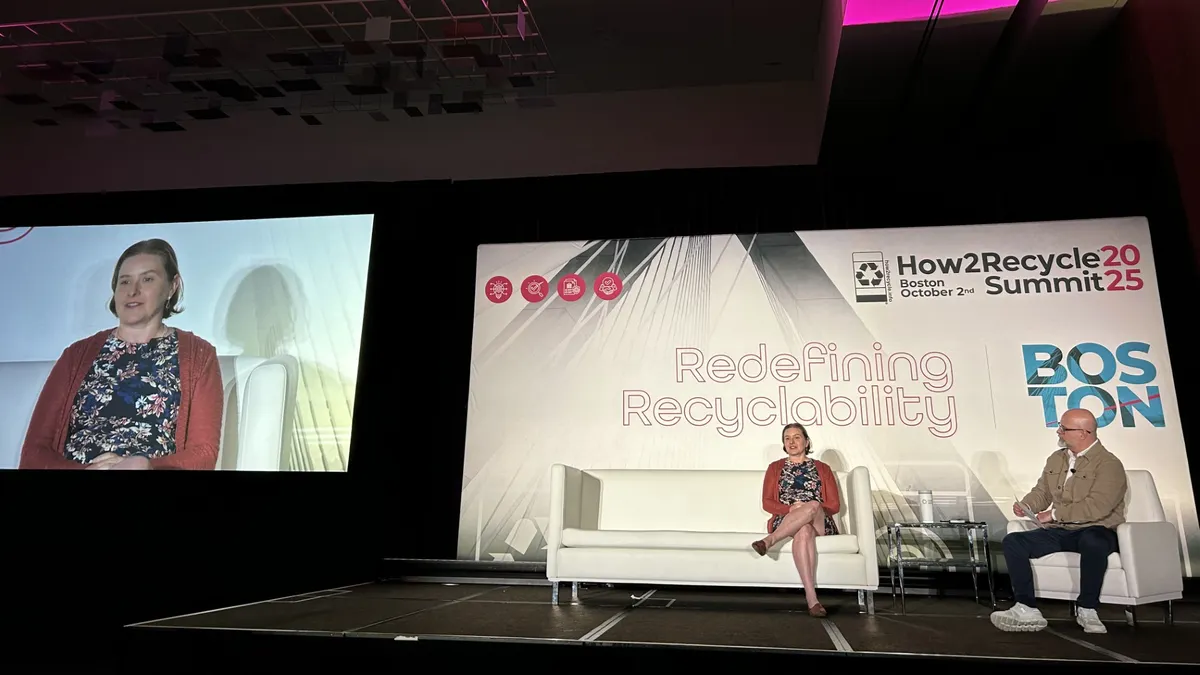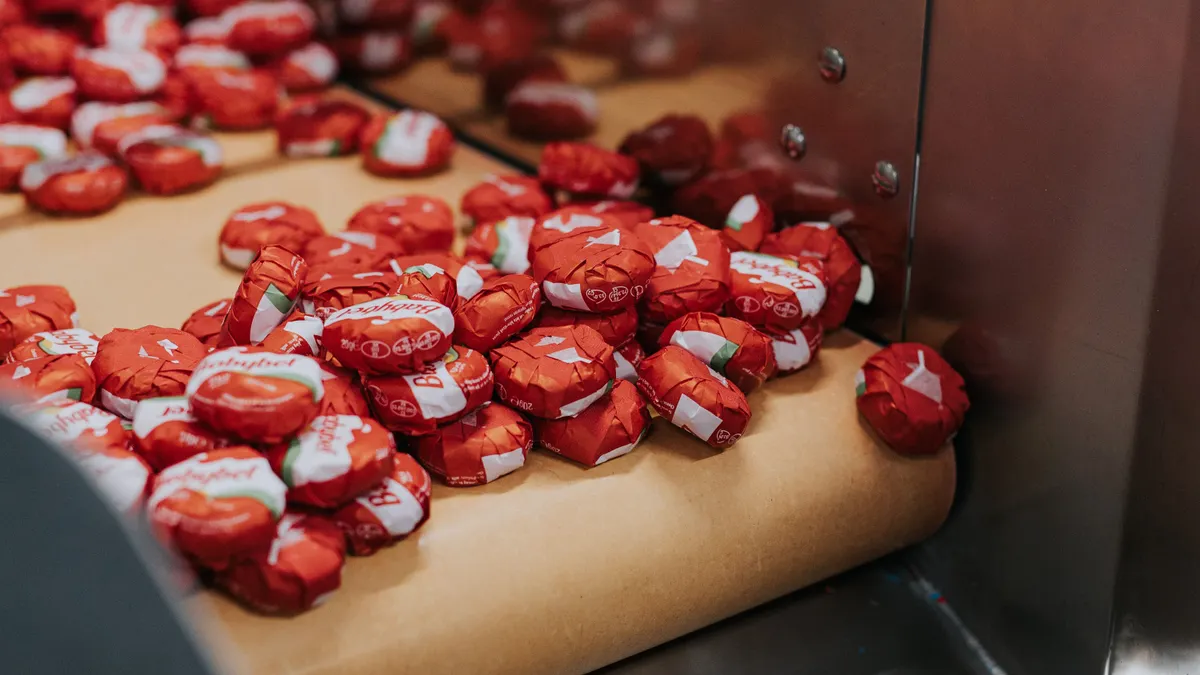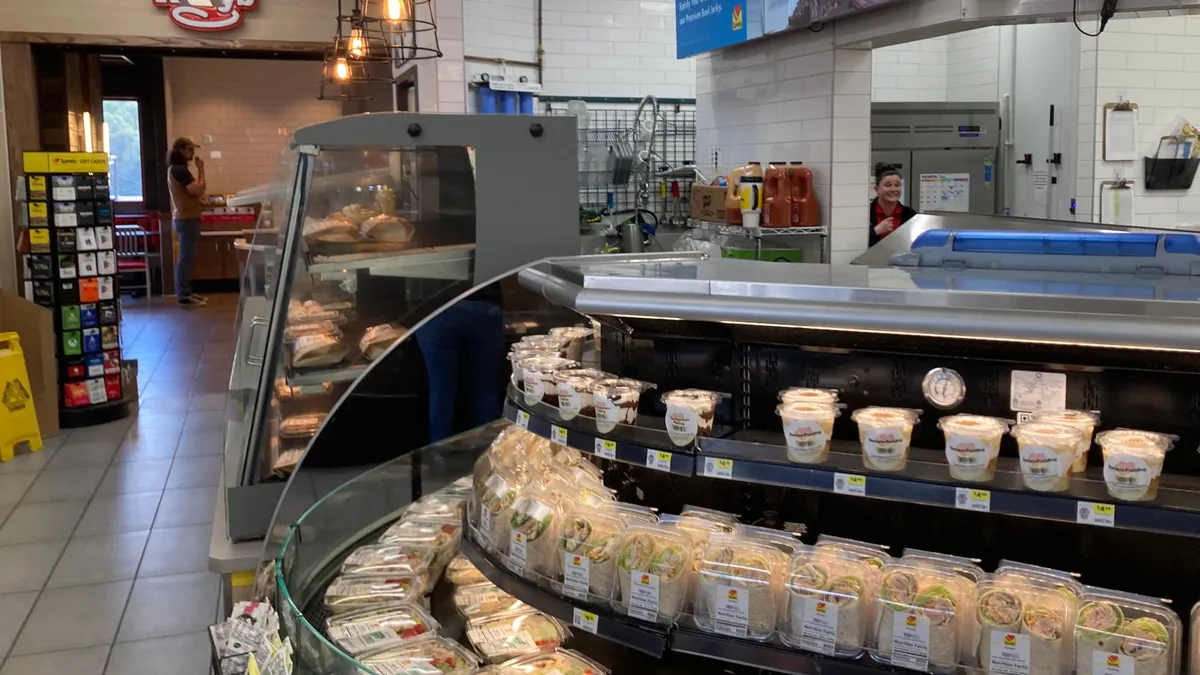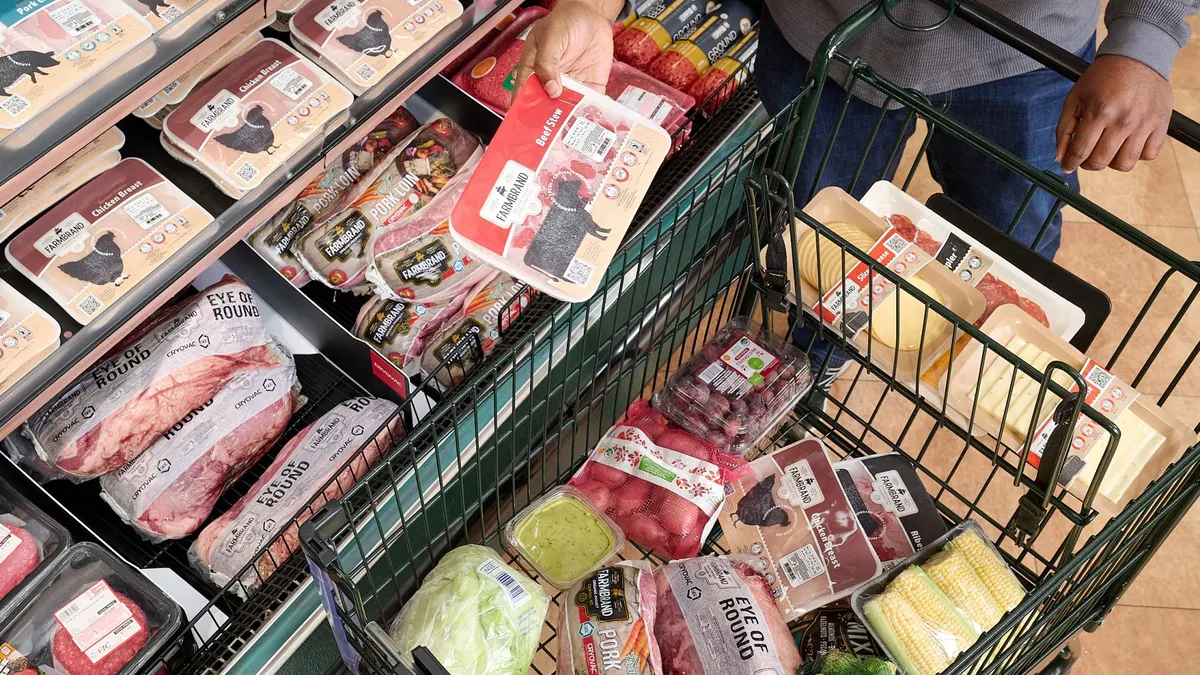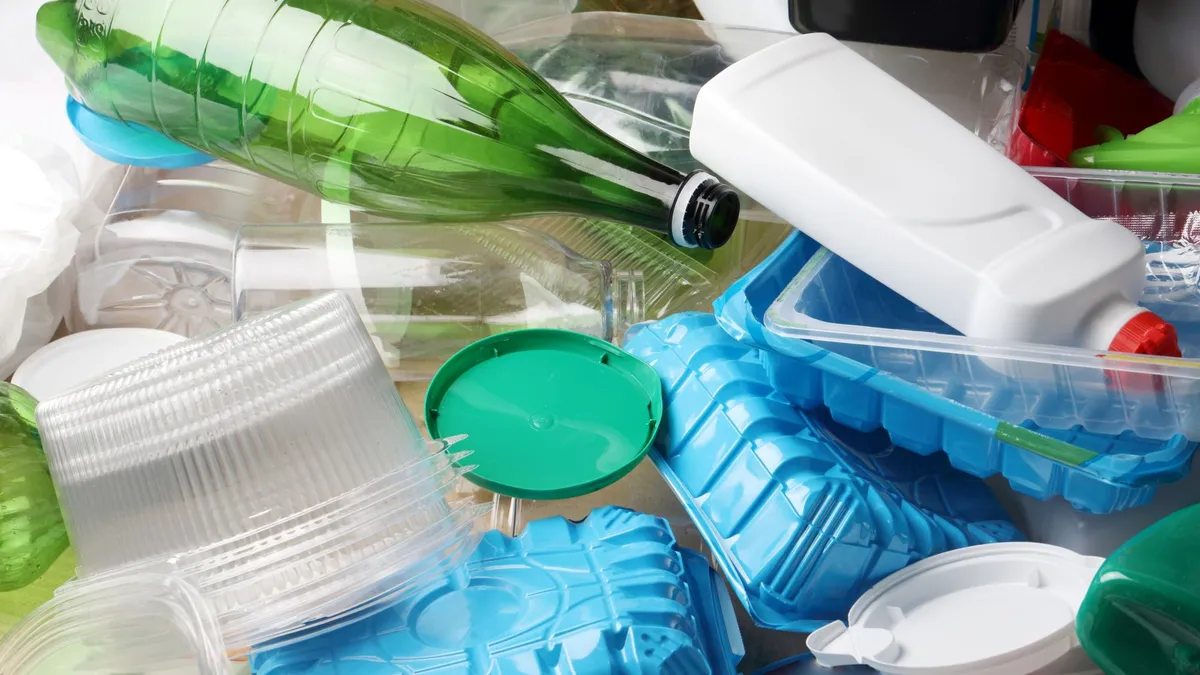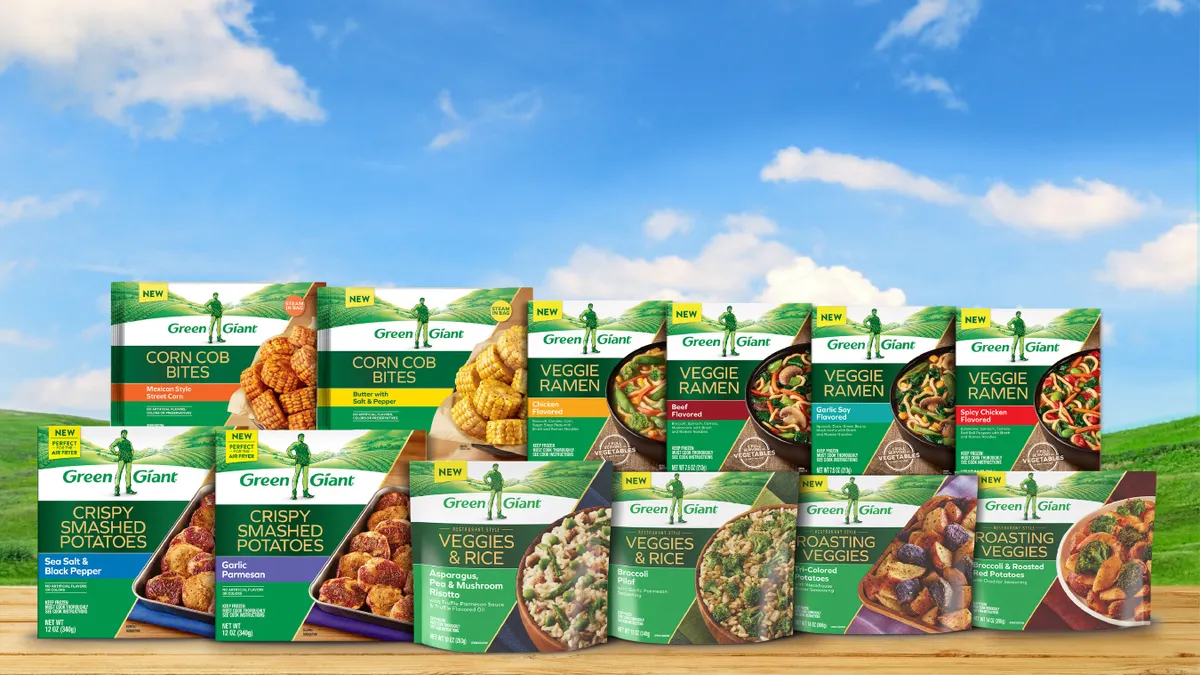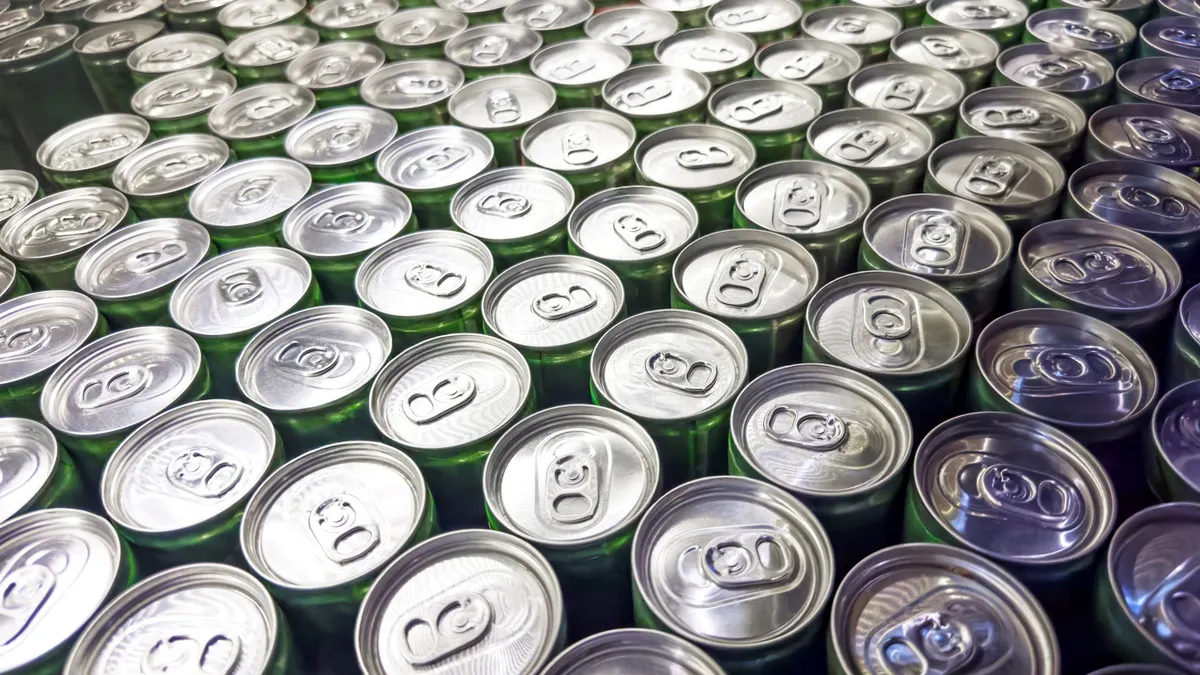Packaging business executives are not noticing lower demand from food and beverage customers, amid speculation among financial analysts that a weight-loss drug boom could alter consumer purchasing habits.
Business is booming for makers of GLP-1 drugs, short for glucagon-like peptide 1 agonists, which are marketed under the now widely known names Ozempic and Wegovy, for example. This class of medications was developed to help people with Type 2 diabetes manage blood sugar levels, but have also been adopted to help treat obesity. The drugs make people feel full.
Leading U.S. grocery retailer Walmart caused a stir in early October when it reported seeing an impact on food-shopping demand from people taking appetite-suppressing medications. “We definitely do see a slight change compared to the total population, we do see a slight pullback in overall basket,” Walmart’s U.S. CEO John Furner told Bloomberg.
In the weeks that followed, packaging market analysts cautiously addressed possible downstream impact on packaging companies that supply food and beverage customers.
Citi lowered price targets on North American container and package companies heavily exposed to food and beverage customers, Seeking Alpha reported on Oct. 10.
In an Oct. 16 memo to investors, BofA research analysts said they believe “the impact of anti-obesity drugs (GLP-1) is being overplayed in the market ... but, truth be told, we don't know and they certainly aren't helping consumption, either,” an Oct. 16 BofA research memo to investors stated.
Truist’s Michael Roxland said in an Oct. 20 report that based on commentary from restaurant, food, beverage and CPG companies, “we believe the paper and packaging stock price reaction to GLP-1 drug adoption to be overdone as it is still too early to gauge the impact these weight-loss drugs will have on demand for food and beverage packaging.”
Market research firm Circana reported last week that recent research suggests having a household member using such a medication does not necessarily result in lower grocery consumption, but it may translate to shifting food and beverage choices, “underscoring the need for continued monitoring to stay ahead of evolving consumer preferences.” GLP-1 households have a unit sales decline of 0.1% more than the national average the past year, Circana reported. Circana said it’s projected that 7% of the U.S. population will be taking GLP-1 medications by 2035.
Crown Holdings CEO Tim Donahue recently expressed frustration over Wall Street’s focus on the drugs and extrapolation to packaging. “We're talking about a $120 billion can market. This is a speck on the market,” Donahue said during an Oct. 24 earnings call, saying Crown and fillers of beverage products have seen “no impact whatsoever.”
“I don't see this as being an impact to our business or our customers' businesses for the foreseeable future,” Donahue said.
Likewise, Amcor has seen “no impact whatsoever on demand in our segments from reduced consumption resulting from these drugs,” CEO Ron Delia said Oct. 31.
Silgan, which is less exposed to the snack food market, does not expect material impact for the foreseeable future, based on what customers have said, according to CEO Adam Greenlee during an Oct. 25 call.
Graphic Packaging International CEO Michael Doss said Oct. 31, “It's early days in terms of that drug and I don't think we even know all the questions to ask yet.” Doss added, “I think we're just going to have to wait and see how that plays out over time, what the adoption rates are and how it all plays out.”
Amcor’s Delia also struck an optimistic tone, saying the food and beverage industries has navigated changing trends in the past.
“The other thing that we know is, to the extent there's reduction in portion sizes or serving sizes, it tends to and has historically been very good for packaging intensity. And units of packaging have tended to go up as portions have gone down and as serving sizes have been reduced,” Delia said.
Coca-Cola President John Murphy noted during the company’s Oct. 24 earnings call that more than two-thirds of its beverage product offerings have low or no calories. Coca-Cola is “well positioned to provide choice and to provide options for people's respective motivations and needs,” he said.
Circana’s research noted GLP-1 households increasingly prefer high-protein, energy-boosting, hydration and convenient snack products.
“To navigate this journey successfully, food and beverage companies should seize the opportunity to continue innovating with healthier recipes, premium ingredients, and packaging that align with consumer needs and preferences while on the medication,” Sally Lyons Wyatt, executive vice president and practice leader at Circana, said in a statement.





